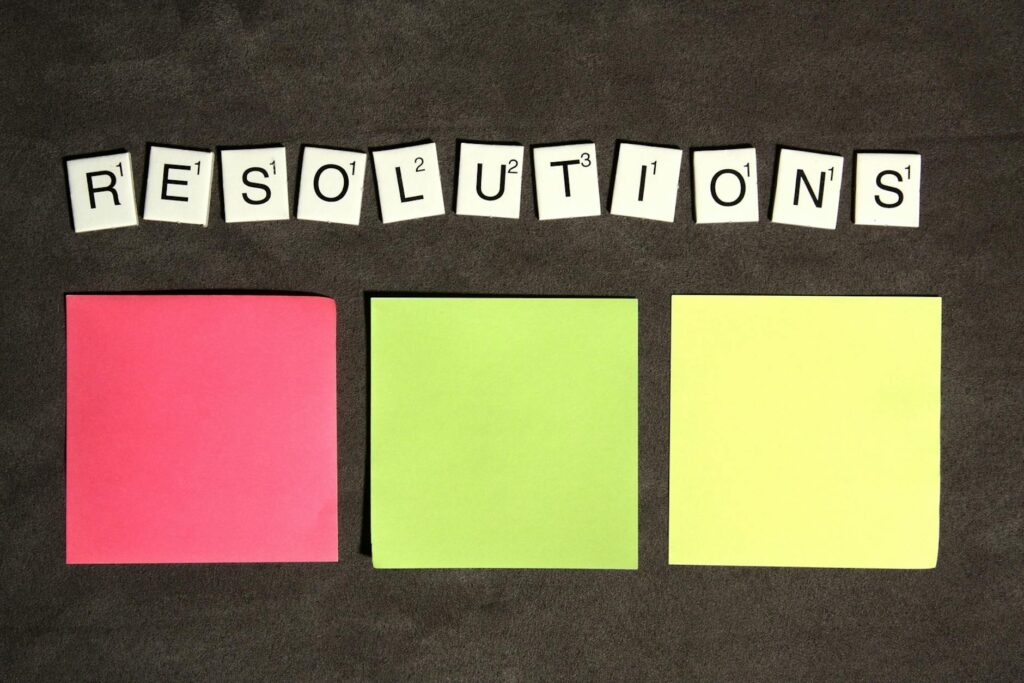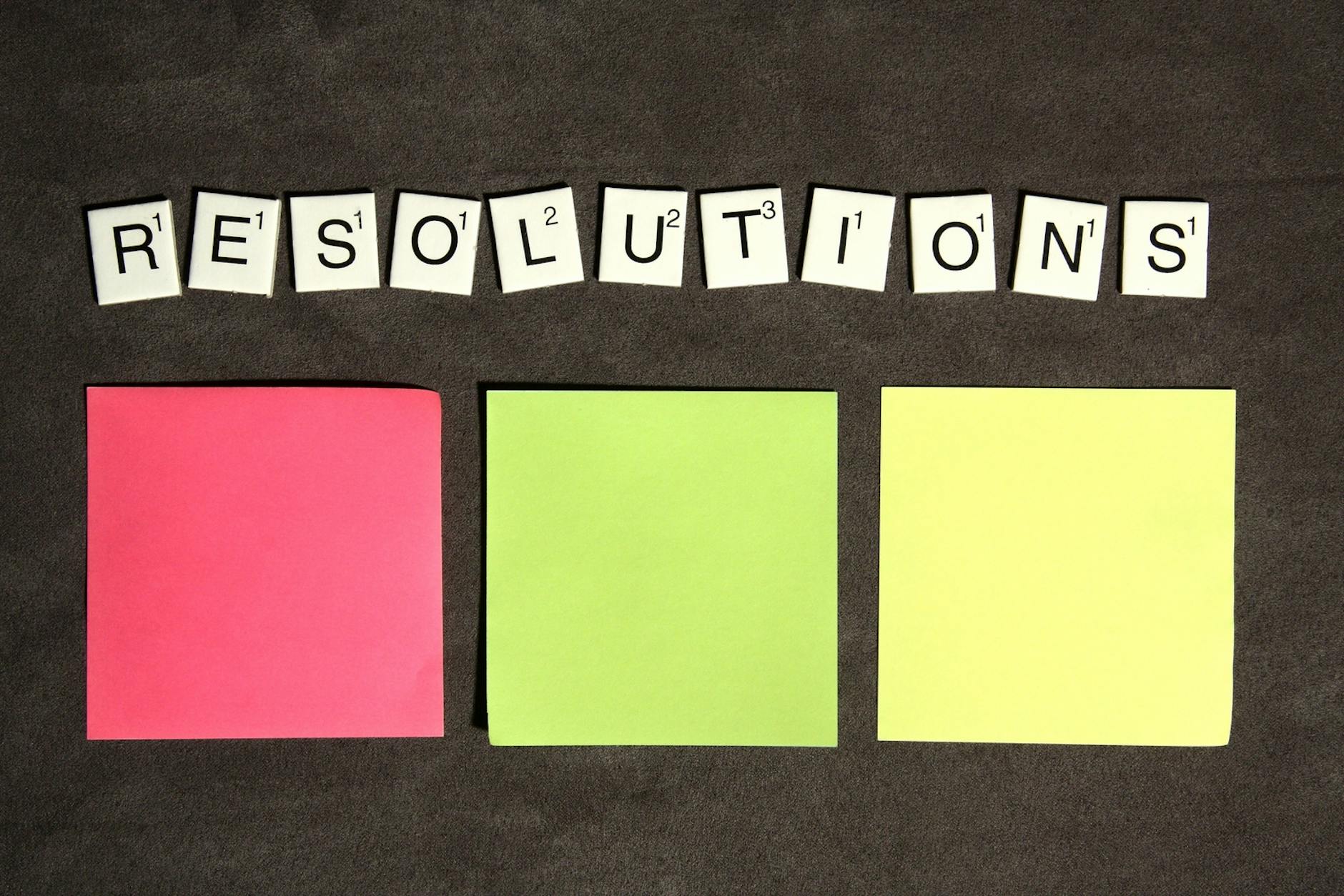What is task-centric planning?

What is task-centric planning?
Task-centric planning focuses on managing individual tasks to enhance productivity and streamline workflows. It prioritizes specific tasks rather than broad goals, making it an effective strategy for both personal and professional contexts. This approach allows individuals to gain clarity on what needs to be done, ultimately leading to increased efficiency and better time management.
Understanding Task-Centric Planning
Definition and Key Principles
At its core, task-centric planning is about breaking down larger projects into manageable tasks. This approach emphasizes the importance of identifying specific tasks that lead to a desired outcome. By concentrating on individual tasks, you can develop a clearer path to achieving your goals.
Key principles of task-centric planning include:
- Task Identification: Clearly define tasks that need to be accomplished.
- Prioritization: Rank tasks based on importance and deadlines.
- Flexibility: Adapt to changes and re-evaluate tasks as necessary.
- Ownership: Take responsibility for completing tasks effectively.
Comparison with Other Planning Approaches
Task-centric planning differs significantly from other methods like time-centric and goal-centric planning.
- Time-Centric Planning: Focuses on managing your schedule, often leading individuals to allocate time slots for various tasks without considering their importance or urgency.
- Goal-Centric Planning: Concentrates on achieving overarching goals, but can sometimes overlook the specific tasks required to attain those goals.
In contrast, task-centric planning narrows down the focus to the tasks themselves, ensuring that the daily workload is aligned with achieving broader objectives.
Benefits of Task-Centric Planning
Adopting task-centric planning has numerous advantages that can enhance productivity and improve work-life balance.
Enhanced Focus and Prioritization
By concentrating on specific tasks, you can better manage distractions. When you know exactly what needs to be done, it’s easier to stay focused and avoid multitasking, which can dilute your attention. This method helps to ensure that you prioritize the most critical tasks, making your day more productive.
Increased Accountability and Motivation
Task-centric planning fosters a sense of accountability. Knowing you have defined tasks encourages you to take ownership and complete them. This sense of responsibility can drive motivation, as completing tasks provides a feeling of accomplishment. Celebrating these small victories can enhance your overall motivation and productivity.
Implementing Task-Centric Planning
Integrating task-centric planning into your daily routine can be straightforward and effective.
Creating a Task List
Start by outlining a list of tasks you need to complete. Here’s how to do it:
- Brainstorm Tasks: Write down all the tasks that come to mind without filtering them.
- Organize by Categories: Group similar tasks together.
- Prioritize: Use a numbering system or color-coding to rank tasks based on urgency and importance.
- Review and Adjust: Regularly revisit your list and make necessary adjustments as tasks evolve.
Setting Realistic Deadlines
Setting achievable deadlines is crucial for maintaining momentum. Here’s how to do it effectively:
- Assess Task Complexity: Consider how much time each task realistically requires.
- Break Down Larger Tasks: For bigger projects, divide them into smaller tasks with their deadlines.
- Be Flexible: Life happens, so don’t hesitate to adjust deadlines when necessary.
Tools and Techniques for Task-Centric Planning
Several tools and techniques can assist in implementing task-centric planning.
Digital Tools and Apps
There are numerous apps designed to support task-centric planning. Some popular options include:
- Todoist: A user-friendly app that helps manage tasks and set priorities.
- Trello: A visual tool that organizes tasks into boards, making it easy to track progress.
- Asana: Ideal for team projects, this app allows for collaboration and task assignments.
Each of these tools offers unique features that can enhance your task management experience.
Traditional Methods
If you prefer a more hands-on approach, traditional methods can also be effective. Consider using a bullet journal or a physical planner. These methods allow for creativity and personalization, making task management feel more engaging. The tactile experience of writing tasks down can reinforce your commitment to completing them.

Photo by Breakingpic
Conclusion
Task-centric planning is a powerful approach to managing your tasks effectively. By emphasizing individual tasks rather than broad goals, you can gain clarity, improve focus, and increase accountability. Whether you choose digital tools or traditional methods, the key is to create a system that works best for you.
Start implementing task-centric planning today, and experience the benefits of enhanced productivity and work-life balance. As you refine this approach, you’ll likely find it easier to navigate your daily challenges and achieve your objectives.